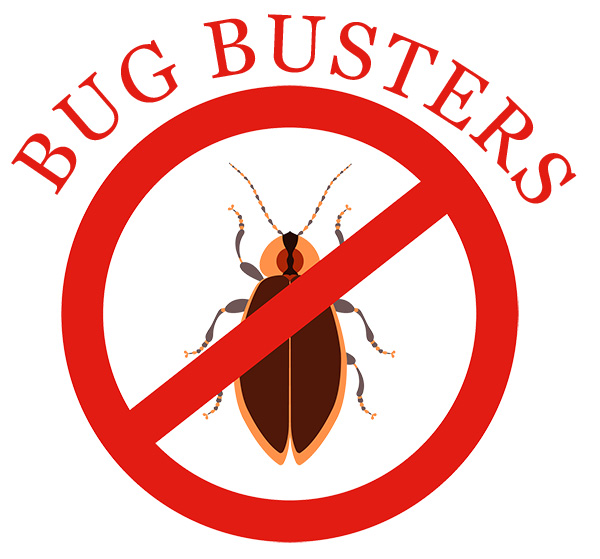While ticks are often thought of as insects, they’re actually arachnids (which is the same category for scorpions, spiders, and mites). Members of this group have four pairs of legs and have no antennae. Insects have three pairs of legs and have one pair of antennae. Ticks are one of the most efficient carriers of disease, because they attach themselves firmly to the host while sucking its blood. Because they feed slowly, they may be there for a considerable amount of time before they get noticed. In fact, it can take several days for ticks to complete their feeding process.

Behavior and Life Cycle of Ticks
Ticks go through four different life cycles:
- Egg
- Six-legged larvae
- Eight-legged nymph
- Adult
Once the egg hatches, the larvae (which are sometimes called “seed ticks”) will feed on an appropriate host. Once they develop (or molt) into larger nymphs, they will feed on a host until they molt into even larger adults. Both male and female adults will find and feed on a host, while the females will sometimes lay ticks eggs after they have finished feeding.
Ticks will wait for host animals from the tips of grasses and shrubs (not from trees). Once they have been brushed by a moving animal or person, they will let go of the vegetation and climb onto the host. Ticks can’t fly or jump. They can only crawl. So if you find them in your scalp, they have most likely crawled there from the lower parts of your body. Some species will crawl several feet toward a host, and they can be especially active on days of the winter when the ground temperature is about 45 degrees Fahrenheit.
There are two groups of ticks, which include the following:
- Hard Ticks — They have a hard shield located just behind their mouth parts, which is often incorrectly called the “head”. When they’re unfed, they can look like flat seeds.
- Soft Ticks — They don’t have a hard shield and are shaped like a large raisin. Soft ticks like to feed on birds or bats. Unless they’re nesting or roosting inside an occupied building, you’ll rarely encounter them.
Ticks can carry up to ten different diseases, and all of them can put your health at considerable risk. That’s why it’s important to control the spread of these pests.
How to Control the Spread of Ticks
To control the spread of ticks in and around your home, you can do the following:
- Keep your grass mowed and your trees trimmed.
- Move piles of wood away from your home.
- Keep your pets away from thickly-wooded areas where tick activity is high.
- Move swing sets, sandboxes, and other play areas away from wooded areas.
- Wear long sleeves and pants when you’re walking in wooded or grassy areas.
- Wash your clothes immediately after you have come inside.
- Regularly inspect your pets and kids for ticks.
If your home has an infestation of ticks and you’re looking for a place that does quality pest control in Corpus Christi, Bug Busters Pest Control has a team of experts that can help. Feel free to get in touch with us, so you can find out why we’re one of the best choices for Corpus Christi pest control.

